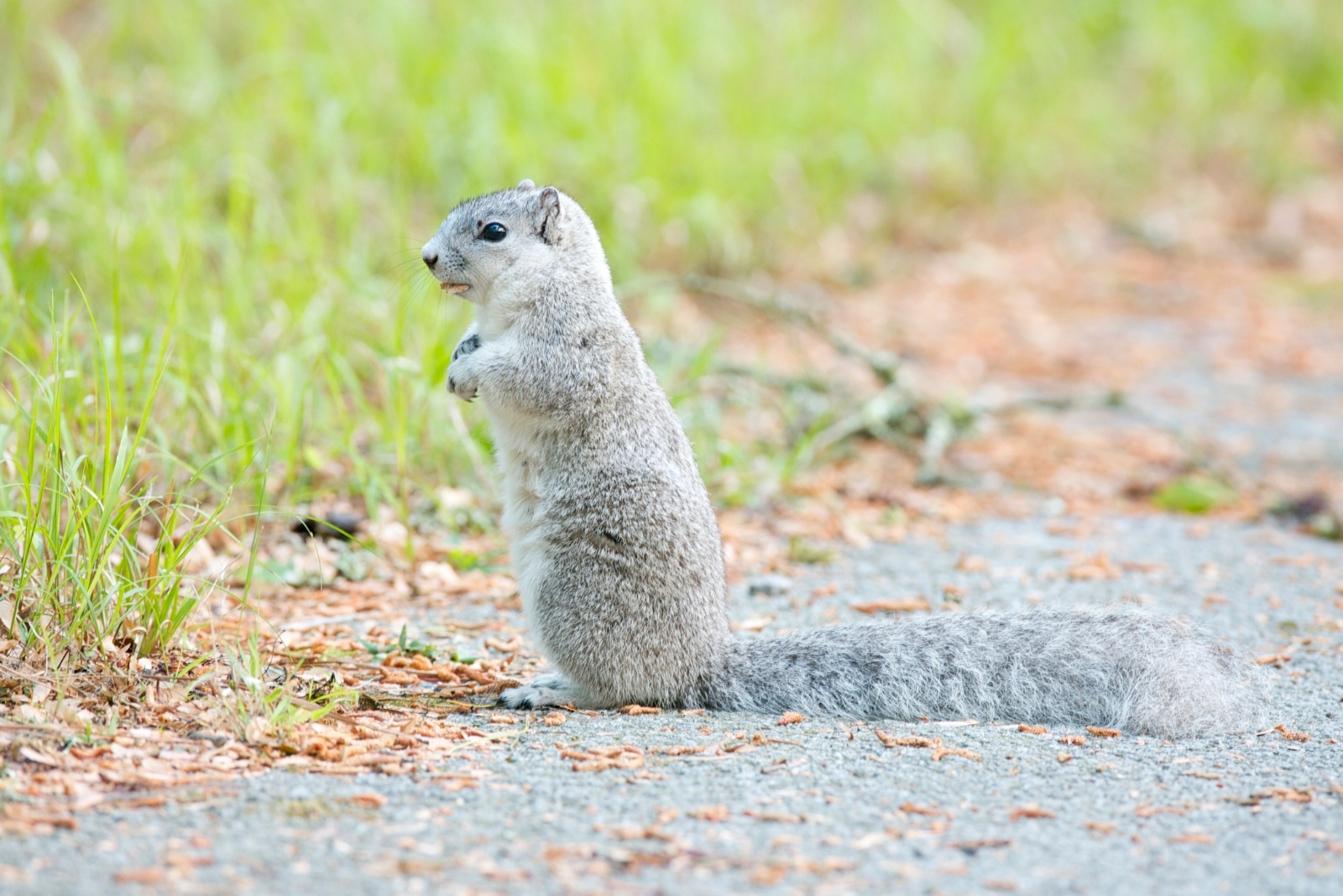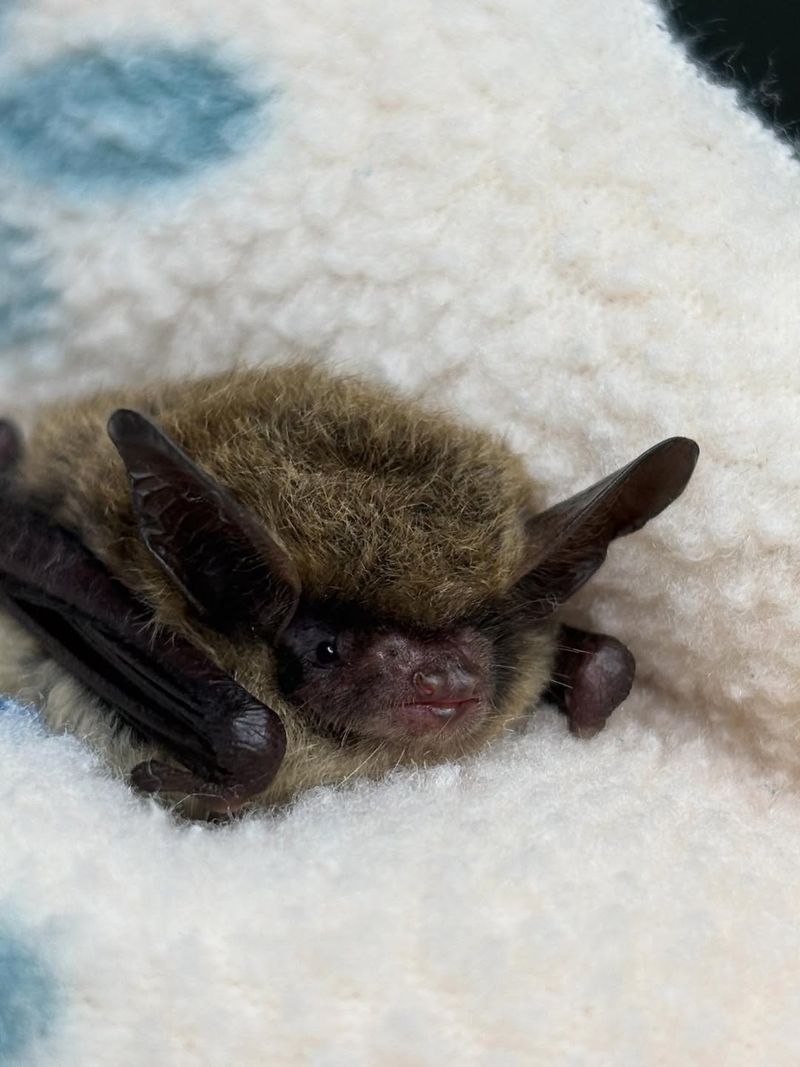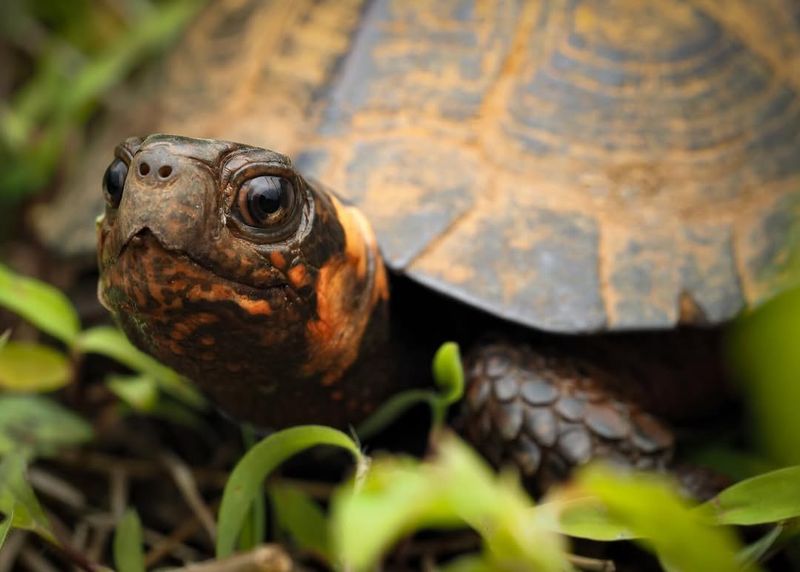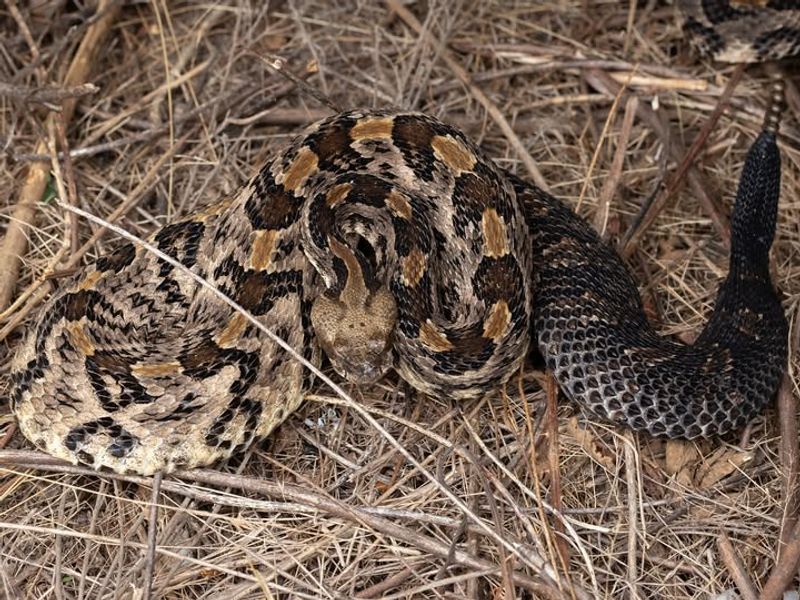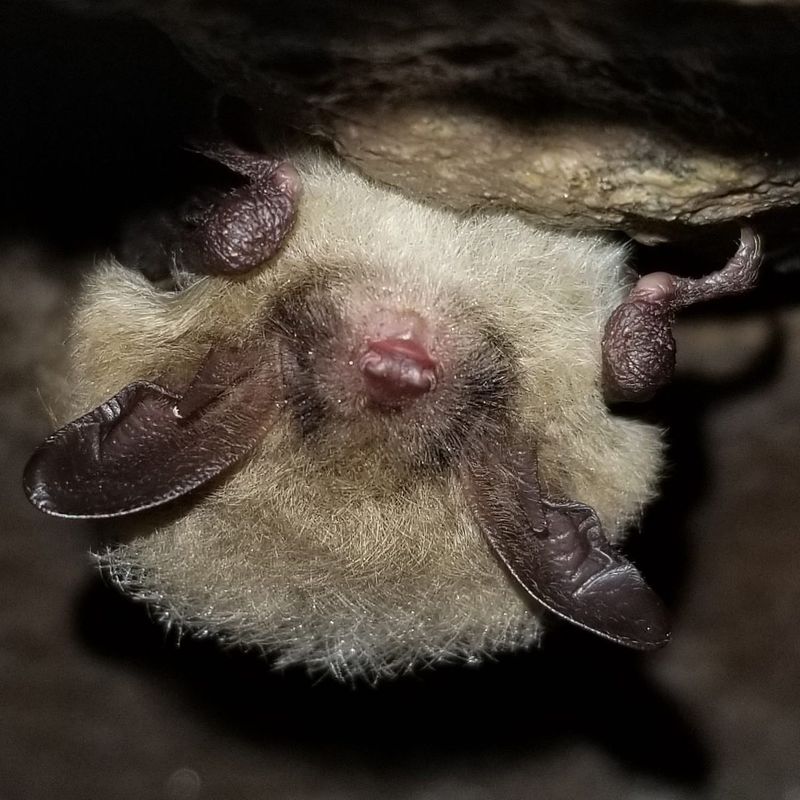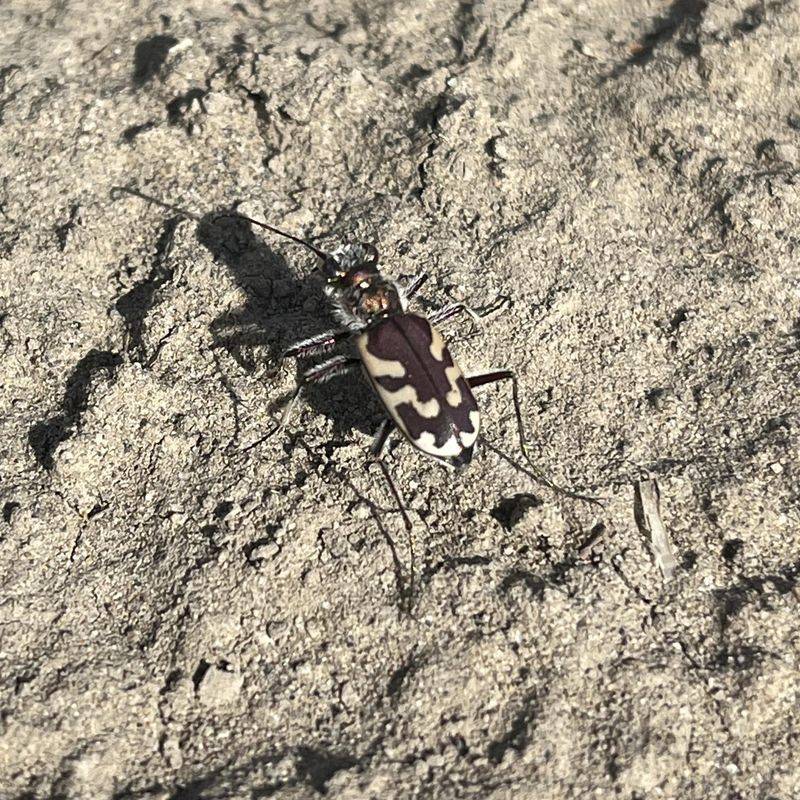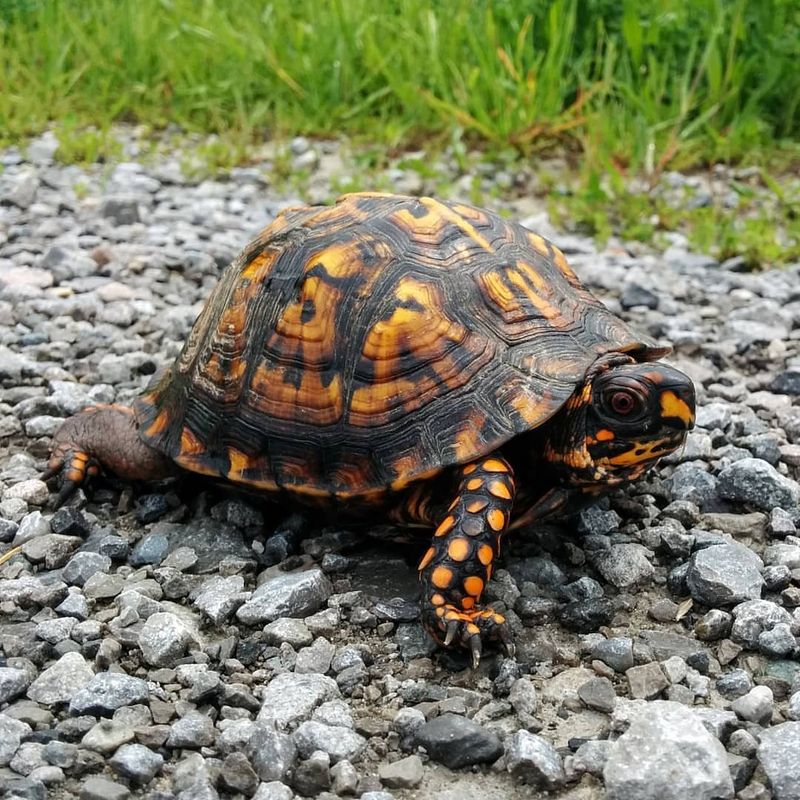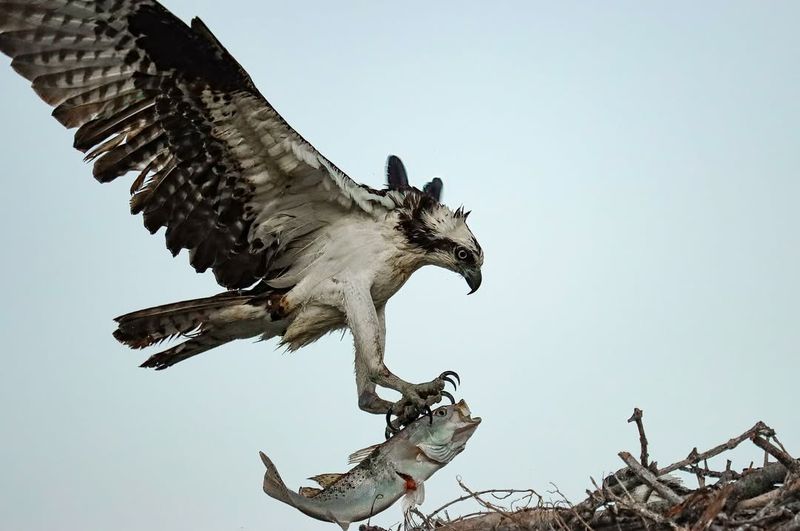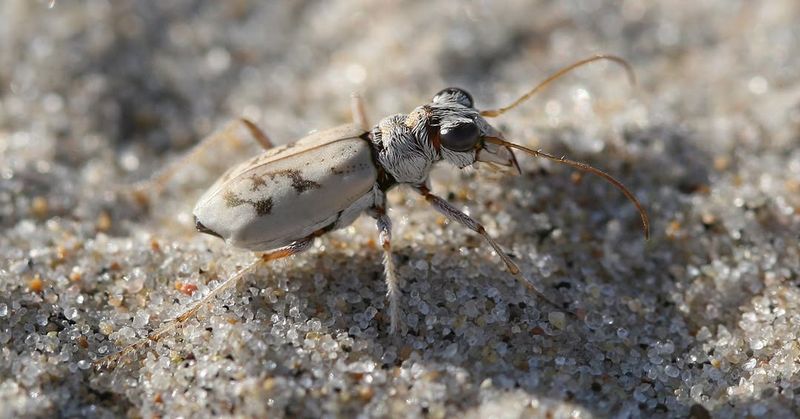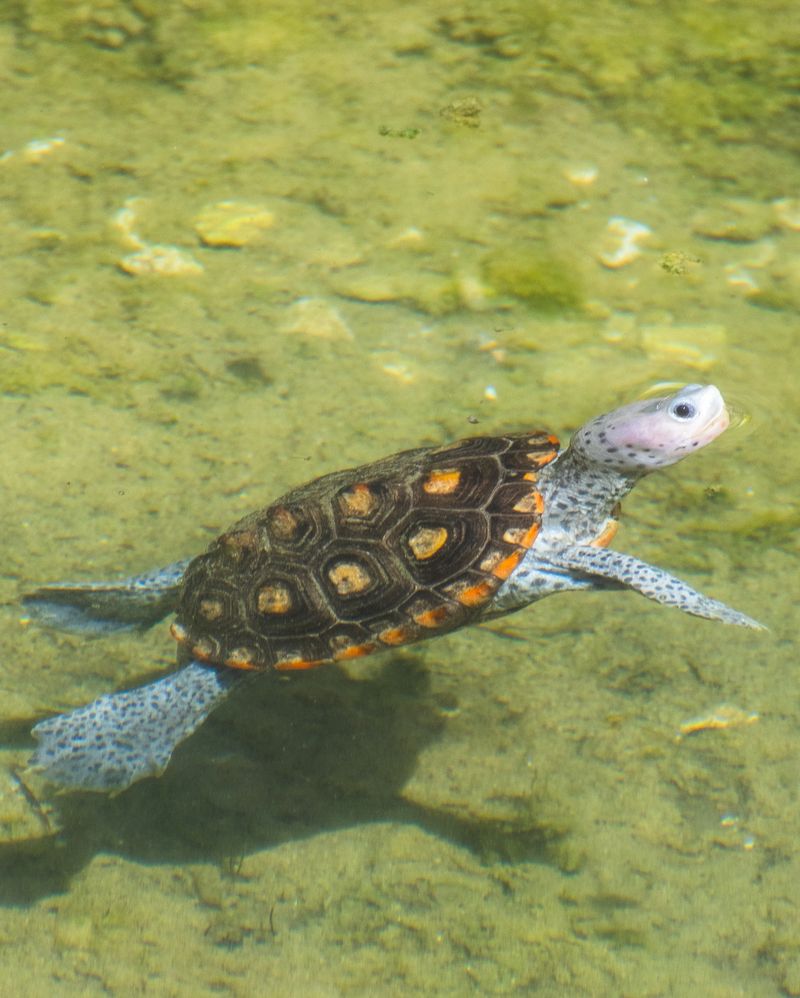Maryland gardens are full of surprising wildlife, and not all of it can be relocated. I once learned this the hard way after trying to move a small creature only to find it was protected by law.
It turns out Maryland has a long list of species worth keeping around. Here are eleven creatures you’re not allowed to remove in Maryland.
1. Delmarva Peninsula Fox Squirrel
This rare squirrel is bigger than your typical backyard visitor and sports gorgeous silver-gray fur. Found only in specific parts of Maryland’s Eastern Shore, this creature nearly went extinct decades ago.
Conservation efforts brought it back from the brink, but it remains protected under state and federal law. If you spot one in Maryland, consider yourself lucky and snap a photo instead of trying to catch it.
Removing or harming one could result in hefty fines and legal trouble.
2. Indiana Bat
Weighing less than three pennies, the Indiana bat might be tiny, but it’s mighty important to Maryland’s ecosystem. These nocturnal flyers feast on insects, keeping bug populations under control naturally.
Because their numbers have dropped dramatically due to habitat loss and disease, they’re federally protected. Maryland residents must leave these bats alone, even if they roost near homes.
Disturbing their hibernation sites or removing them is illegal and can disrupt entire colonies.
3. Bog Turtle
Barely bigger than your palm, the bog turtle holds the title of North America’s smallest turtle. Its signature orange or yellow neck patches make it easy to identify in Maryland’s wetlands.
Habitat destruction has made this little reptile critically endangered, earning it serious legal protection. People who find bog turtles in Maryland should admire them from a distance and report sightings to wildlife officials.
Taking one home is a federal offense with severe penalties.
4. Bald Eagle
America’s national symbol makes its home along Maryland’s Chesapeake Bay and surrounding waterways. With wingspans reaching seven feet, these magnificent birds are hard to miss when they soar overhead.
Once nearly wiped out by pesticides, bald eagles made an incredible comeback thanks to conservation laws. Maryland strictly protects these birds, their nests, and even their feathers.
Disturbing an eagle nest or possessing eagle parts without permits brings serious federal charges and fines.
5. Timber Rattlesnake
Despite their scary reputation, timber rattlesnakes are shy creatures that prefer avoiding people altogether. Maryland’s mountain regions provide perfect habitat for these venomous but important predators.
They control rodent populations and rarely bite unless threatened or cornered. State law protects timber rattlesnakes because their numbers have declined significantly.
Killing or removing one in Maryland is illegal, even if you find it on your property. Wildlife officials can safely relocate problem snakes instead.
6. Northern Long-Eared Bat
Named for ears that seem almost comically oversized, this bat species faces serious threats from white-nose syndrome. Maryland forests provide crucial summer habitat where females raise their young in tree cavities.
These insect-eating machines consume thousands of bugs nightly, making them valuable pest controllers. Federal and state protections mean Maryland residents cannot disturb, harm, or remove these bats.
Even well-meaning rescue attempts require special permits from wildlife authorities to stay legal.
7. Puritan Tiger Beetle
Sporting a metallic green sheen, this speedy beetle races along Maryland’s sandy riverbanks hunting prey. Only a handful of populations exist worldwide, making each one precious.
River development and erosion have destroyed much of their habitat, landing them on the endangered species list. Maryland law prohibits collecting, harming, or disturbing these rare insects.
Scientists and conservationists work hard to protect remaining populations, and public cooperation is essential for their survival in the state.
8. Eastern Box Turtle
With their distinctive hinged shells that close like a box, these turtles are Maryland favorites. They roam forests and meadows, munching on everything from mushrooms to insects.
Many people remember seeing them as kids, but populations have dropped due to road mortality and habitat loss. Maryland now protects box turtles, making it illegal to take them from the wild.
While you can help one cross a road safely, keeping it as a pet violates state wildlife laws.
9. Osprey
Watch Maryland’s waterways during warmer months and you’ll likely spot ospreys diving dramatically for fish. These fish-eating hawks build massive stick nests on platforms and dead trees throughout the state.
Pesticide pollution once devastated their numbers, but they’ve rebounded impressively under protection. Maryland law safeguards ospreys, their nests, and eggs from disturbance.
Property owners who want nest platforms removed must wait until after nesting season and obtain proper permits first.
10. Northeastern Beach Tiger Beetle
Racing across Maryland’s sandy beaches at impressive speeds, this tiny predator hunts even tinier prey. Beach development and human recreation have squeezed their habitat into smaller and smaller areas.
Their endangered status means Maryland beaches where they live receive special management attention. Beachgoers should stick to designated paths and avoid disturbing sandy areas where these beetles hunt.
Collecting them is illegal, and protecting their beach habitat helps ensure future generations can enjoy Maryland’s coast.
11. Diamond-Backed Terrapin
Maryland’s state reptile lives in the brackish waters where rivers meet the Chesapeake Bay. Their beautifully patterned shells once made them targets for the food industry, nearly wiping them out.
Today, Maryland law protects these unique turtles from collection and harm. Road mortality during nesting season remains their biggest threat.
Drivers near marshes should watch carefully, and anyone finding an injured terrapin should contact wildlife rehabilitators rather than keeping it.

